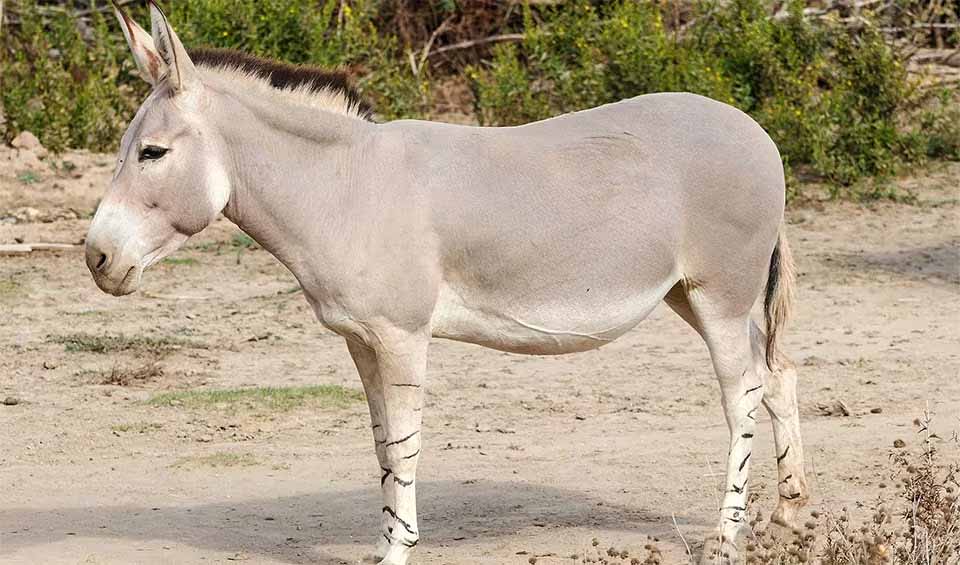With its distinctive short, smooth fur ranging from light grey to fawn, and a contrasting white underbelly and limbs, it stands as a remarkable figure in the diverse tapestry of African wildlife. Characterized by a striking upright mane adorned with black-tipped hairs, this species possesses not only a unique aesthetic but also a significant place in the history of domestication. It is widely regarded as the ancestral lineage from which domestic donkeys have evolved, marking the African wild ass as a pivotal figure in the development of human civilization and agricultural practices.
Adapted to survive in some of the harshest environments on the planet, the African wild ass is remarkably resilient, capable of thriving in desert habitats where resources are scarce. This adaptability is a testament to the evolutionary processes that have equipped them with the ability to withstand extreme temperatures and water scarcity. Their physiological and behavioral adaptations allow them to conserve water and regulate their body temperature effectively, showcasing an incredible capacity to endure the challenging conditions of their desert home.
Despite their remarkable resilience and historical significance, the African wild ass finds itself facing the threat of extinction. Classified as Critically Endangered, the species has seen a dramatic decline in its population due to a combination of factors that underscore the precarious balance between survival and extinction in the natural world. For centuries, the African wild ass has been captured and domesticated, leading to instances of interbreeding with domestic animals. This interbreeding has not only diluted the genetic purity of the wild population but has also contributed to a decrease in their numbers, as the distinction between wild and domestic populations becomes increasingly blurred.
Distribution
 Djibouti
Djibouti Egypt
Egypt Eritrea
Eritrea Ethiopia
Ethiopia Israel
Israel Somalia
Somalia Sudan
SudanAnything we've missed?
Help us improve this page by suggesting edits. Glory never dies!
Suggest an editGet to know me
Terrestrial / Aquatic
Altricial / Precocial
Polygamous / Monogamous
Dimorphic (size) / Monomorphic
Active: Diurnal / Nocturnal
Social behavior: Solitary / Pack / Herd
Diet: Carnivore / Herbivore / Omnivore / Piscivorous / Insectivore
Migratory: Yes / No
Domesticated: Yes / No
Dangerous: Yes / No





